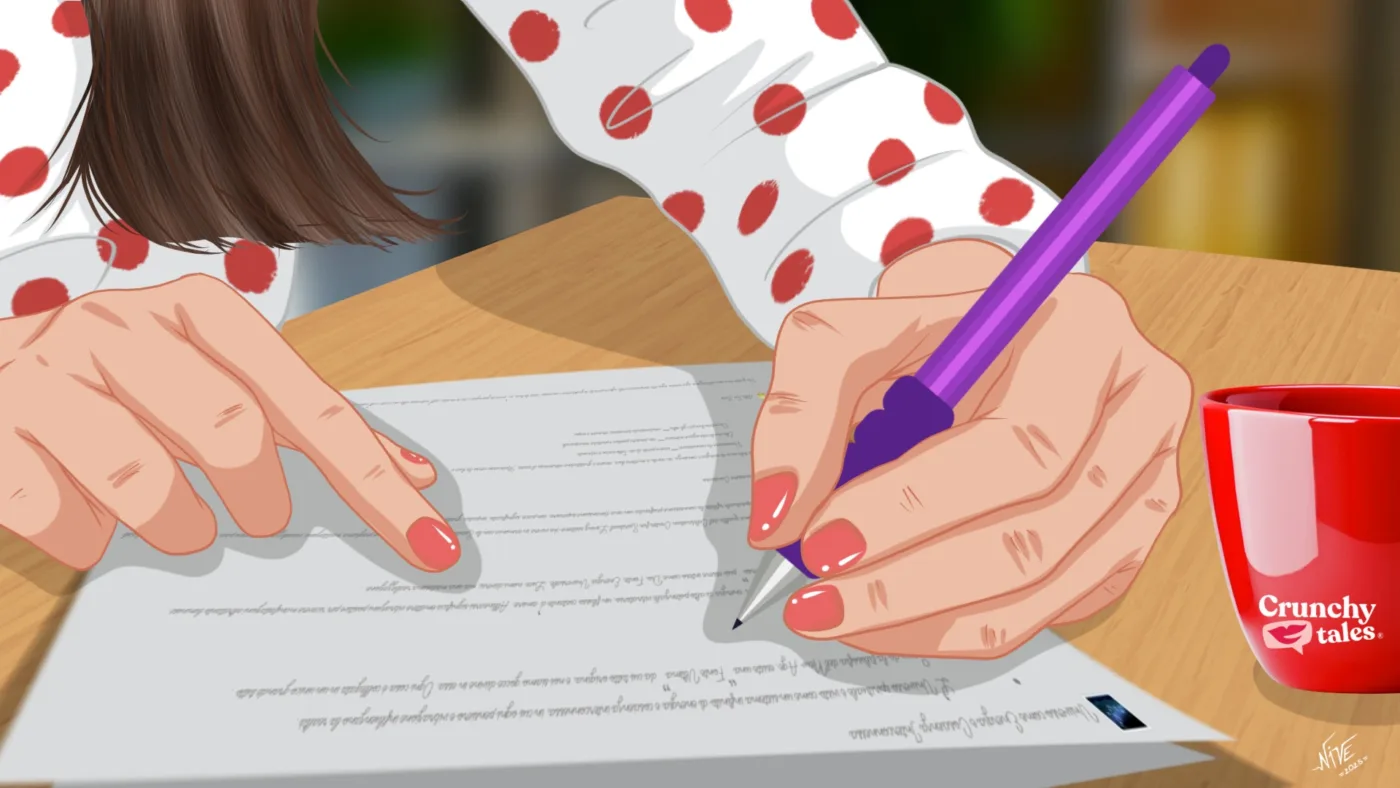Over 50 and Looking For Work? How I Rewrote My CV And Got Back in the Game
A year ago, I found myself staring at a blank Word document with one goal: rewrite my CV. I hadn’t updated it in nearly a decade, and now, at 55, I was re-entering the job market after stepping away for family and freelance work.
I knew I had experience. I had stories. I had results. But I also knew that the job market had changed—and frankly, so had the rules. It wasn’t just about proving I could do the job, it was about proving I could still do the job and in a world increasingly dominated by AI screenings and assumptions about age.
What I didn’t know then was that age discrimination payouts in the UK had risen by a staggering 600% in just a year. Only 69% of people aged 50 to 65 were currently in work and according to JobLeads, searches for “jobs for over 50s” had jumped 140% in recent months. I wasn’t alone. In fact, it felt like I was part of a silent wave of women quietly fighting to get back in.
So, I rolled up my sleeves and got strategic, with a little help from experts and a few digital tools. Here’s how I age-proofed my CV and made it through the first AI gatekeeper (and beyond).
1. Cut the CV Fluff and the Years
One of the first things I learned? Applicant Tracking Systems (ATS)—those bots scanning your résumé before a human ever sees it—don’t care about your job from 1994. In fact, including too much can hurt more than help.
So, I cut my CV down to two pages, focused on the last 10 years, and kept older roles to a single line under “Earlier Career.” I dropped the graduation year from my degree and swapped my old AOL email (yes, I know) for a clean Gmail account.
You don’t need to include your date of birth, marital status, or your full address. None of that is relevant, and it could trigger unconscious bias (yes, there are including gendered ageism)

2. Redesigned with AI—and a Little Help from Gen Z
Let’s be real: my original CV was still rocking Times New Roman. I switched to Calibri, used bold headings, and a single-column format to keep it clean and readable for both humans and bots.
JobLeads recommends skipping decorative graphics, tables, or text boxes—which can confuse ATS systems. Instead, I used a basic modern template from Canva, (but you can also find some inspiration from Resumewise) stripped of frills but rich in clarity.
I also ran my CV through a free AI tool (like Jobscan or Teal) to analyze how well it matched specific job descriptions. These tools flagged missing keywords—things like “cross-functional collaboration” or “project lifecycle”—and I added them where they applied.
3. Translating Experience into Today’s Language
According to LinkedIn, CVs that match a job description by at least 80% are 3x more likely to move past initial screening. That’s why is so important to translate your experience into your potential employer language.
Back in the day, I was a “Marketing Coordinator.” Today, that role might be called a “Brand Communications Specialist.” Job titles have evolved—and if yours sounds dated, it could make your experience seem irrelevant, even when it’s not.
JobLeads advises modernizing job titles and replace old tech mentions (eg. Lotus Notes) with relevant platforms like for instance Slack, or HubSpot. I also added digital skills I picked up during the pandemic: virtual team management, remote onboarding, webinar hosting.
4. Swapping My Objective for a Powerful Summary
One of the most impactful improvements I made was removing the outdated “Objective” section—you know, the generic “Seeking a challenging position…” line—and replacing it with a bold, confident professional summary that truly highlights my strengths and career focus.
Something like:
“Mid-career communications professional with 15+ years of experience in brand development, team leadership, and content strategy. Passionate about storytelling, cross-generational mentorship, and delivering measurable business results.”
Suddenly, the tone of my CV shifted from tentative to intentional.

5. Adding Personality Without Losing Professionalism
One thing I learned through all this? Employers want to see your human side—but make it relevant. I added a short section at the end of my CV called “Interests & Engagement.” I mentioned volunteering with a local tech literacy program, taking a LinkedIn Learning course on AI tools, and mentoring younger women in marketing.
These aren’t just hobbies. They show I’m still learning, still contributing, still growing.
6. Don’t Waste Your Time: Recognize the Red Flags in Job Listings
This was a tough but important realization—not every employer will recognize or value the experience I bring. Some job listings are laced with phrases like “digital native,” “rockstar intern,” or references to a “young, dynamic team.” These are clear signs of age bias.
I’ve learned to spot these cues early. If a posting targets “recent grads” or emphasizes perks like gaming rooms and Friday beer o’clocks, I move on. I’m looking for a workplace that values insight and experience—not just youth.
Did My CV Reboot Work?
CV Reboot Final Checklist for 50+ Women -Keep it under 2 pages -Focus on the last 10–15 years -Modernize job titles and formatting -Drop dates and details that age you -Use current keywords (check job listings!) -Include a short, confident professional summary -Highlight volunteer work, courses, and interests -Run your CV through an AI scanner -Skip the “References Available” line -Trust your voice—and your value






This Post Has 0 Comments